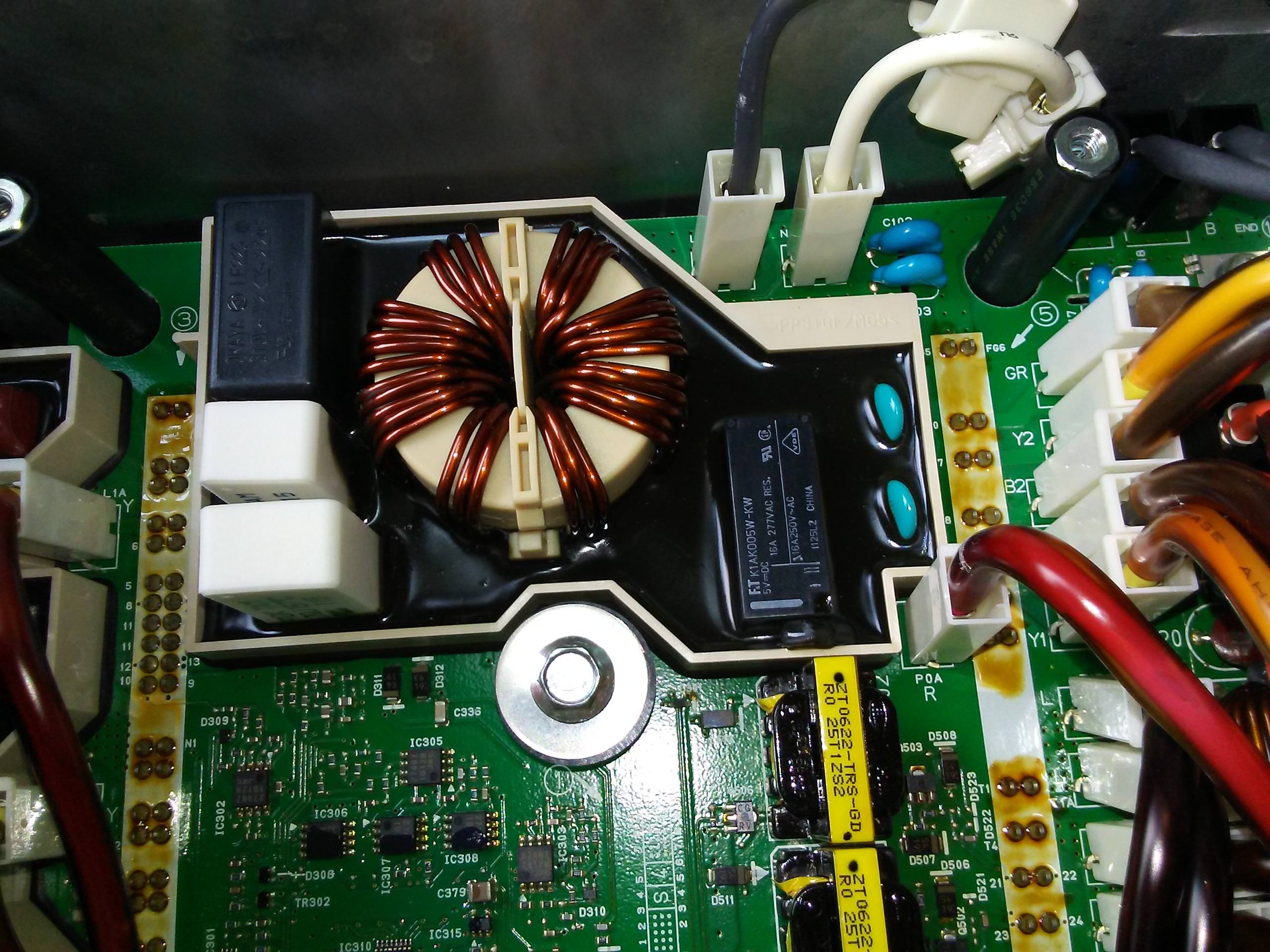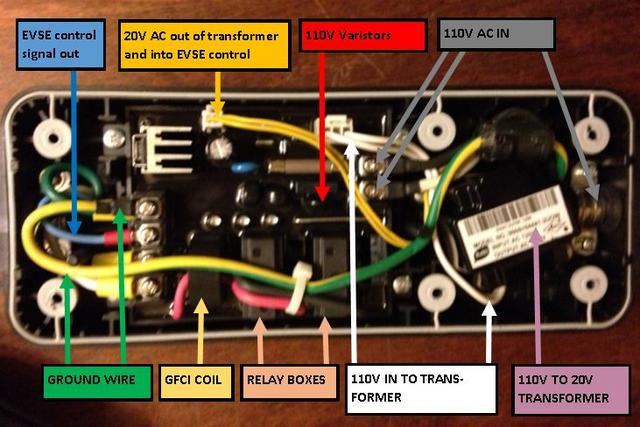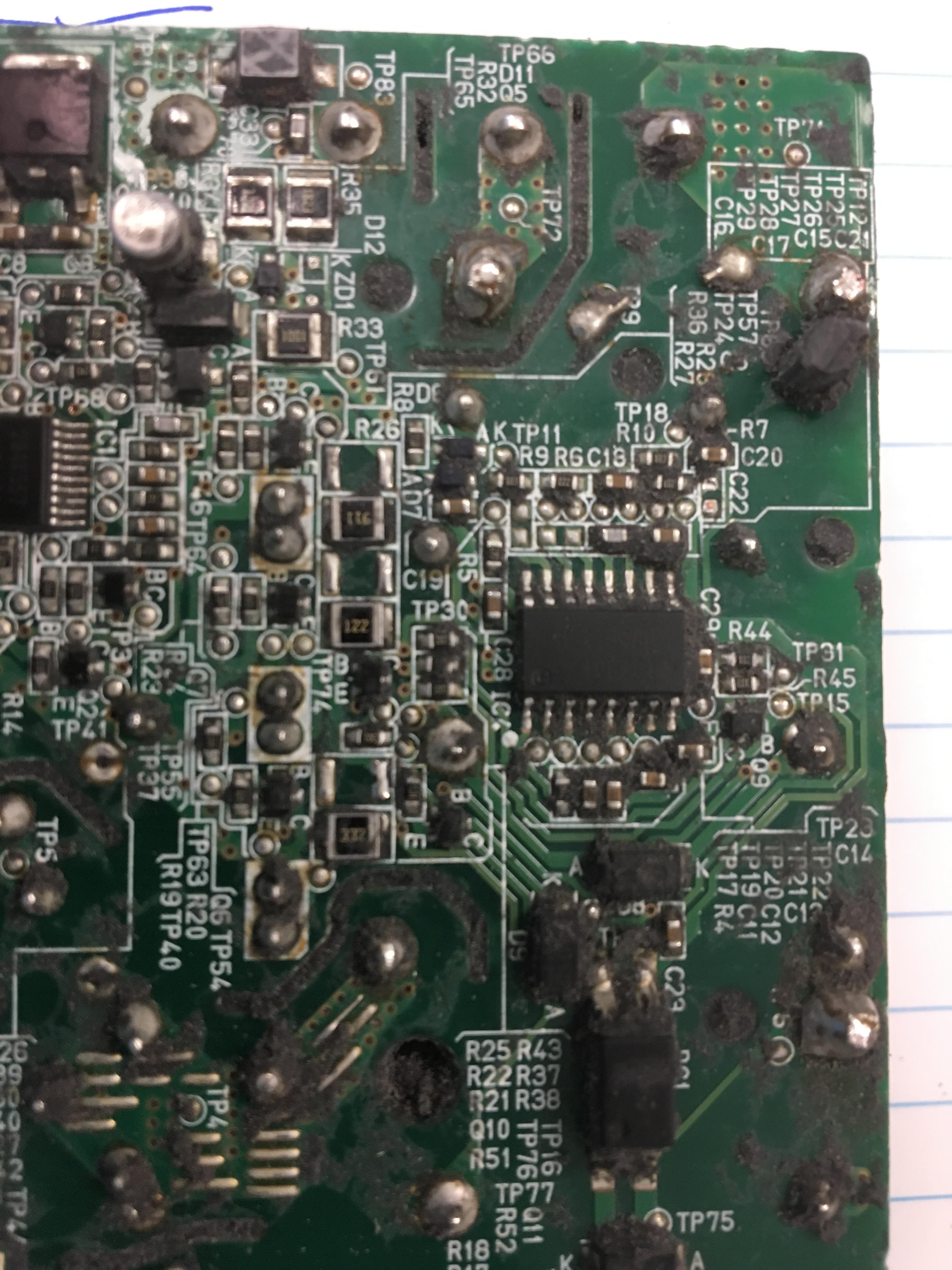1pk
Well-known member
I plugged in at home today after work and it clicked and whirred, but then my evse clicked off and it would not charge. After several attempts I gave up and tried my portable unit with the same result. Now I sit at the closest DCFC getting some electrons for tomorrow’s commute and I am thankful this is working!
It starts, and drives, there are no warning lights on the dash. I could use a little guidance on what to check. I am not an electronics guy but I follow directions well so I hope I can sort out the problem with a little help from you smart folks on this forum.
My car has 132k km and the 12v is new as of last October. I tried to check the voltage but my voltmeter seems to be hooped. I will borrow one tomorrow and test to it.
Last weekend I noted some unusual charging behavior. I needed a small top up to get home so I stopped at an L2. In 18 min the car charged 500wh. I tried another charger (flo is the provider) and that one was the same. Off to the next one and that worked for 5 minutes and shut off. That was enough to get me barely to a DCfC which worked fine.
That all happened on Sunday and everything has been fine until tonight.
Where do I start?
Thanks
Pete
It starts, and drives, there are no warning lights on the dash. I could use a little guidance on what to check. I am not an electronics guy but I follow directions well so I hope I can sort out the problem with a little help from you smart folks on this forum.
My car has 132k km and the 12v is new as of last October. I tried to check the voltage but my voltmeter seems to be hooped. I will borrow one tomorrow and test to it.
Last weekend I noted some unusual charging behavior. I needed a small top up to get home so I stopped at an L2. In 18 min the car charged 500wh. I tried another charger (flo is the provider) and that one was the same. Off to the next one and that worked for 5 minutes and shut off. That was enough to get me barely to a DCfC which worked fine.
That all happened on Sunday and everything has been fine until tonight.
Where do I start?
Thanks
Pete


























